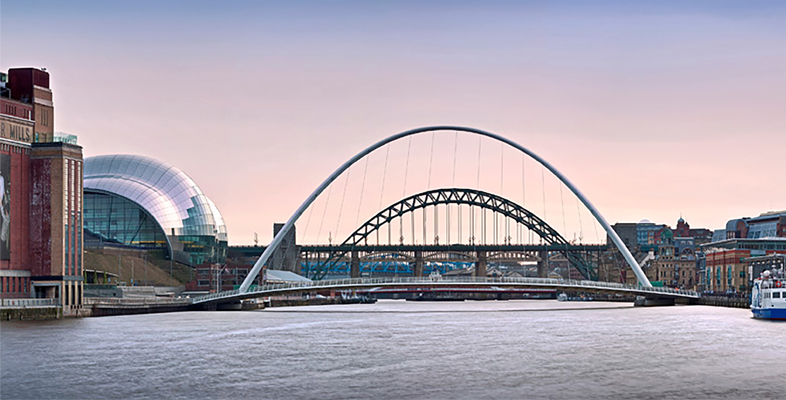1.4 Design is much more than just solving a single problem
Problem solving is a significant motivation for design – you come across a problem and you want to solve it. But how do you know you are solving the right problem? What if what you do solves the original problem but creates another problem? Worst of all, what if solving a problem actually makes things worse?
A large part of good design engineering is about understanding and selecting the right sorts of problem to solve. In fact, the best design is about carefully shaping problems and framing them to generate a solution that improves more than the original problem. In some cases the solution that comes from the design process can have very little to do with the original problem but does much more. As Nigel Cross says in his book Design Thinking (2011), the best designers give the client something they didn’t even know they wanted.
Good examples of this approach are the design innovations made by the company Tetra Pak (Figure 8). Each of these designs solves multiple problems at the same time to create a complete design – for example, the openings have to be reinforced for strength in storage and transport but also have to be easy to open. A potential solution to one of these conditions might lead to problems with the other, so solving both problems at the same time becomes important.

In many ways solving individual problems is relatively easy if the resources are available. What is often far harder is solving the right problems with the best solution(s). Part of the skill of a design engineer is not only defining problems to solve but also working out how those problems might be solved. Being able to see problems from a range of different viewpoints and then distilling these is an important skill for the designer.
Design is not simply solving a problem – it is about selecting and framing the right problems. The best design goes beyond simple problem solving and creates something new.
